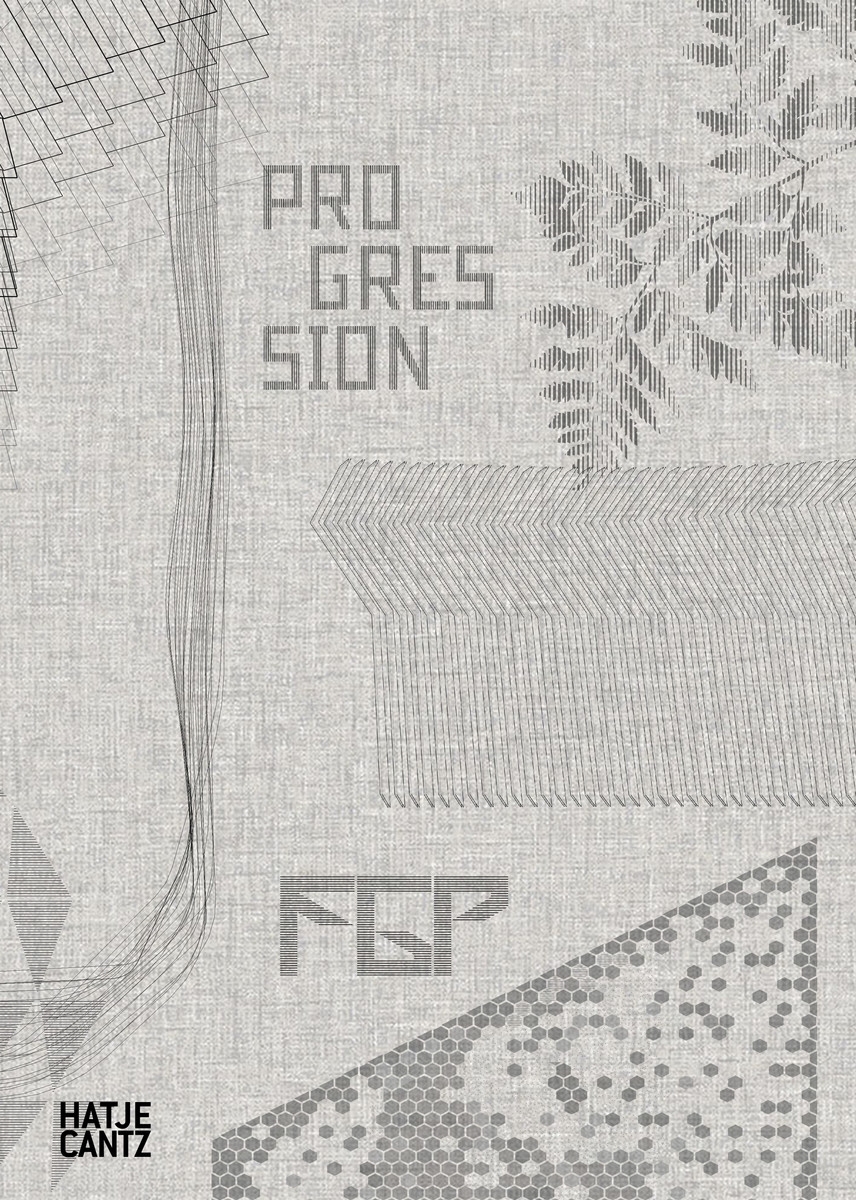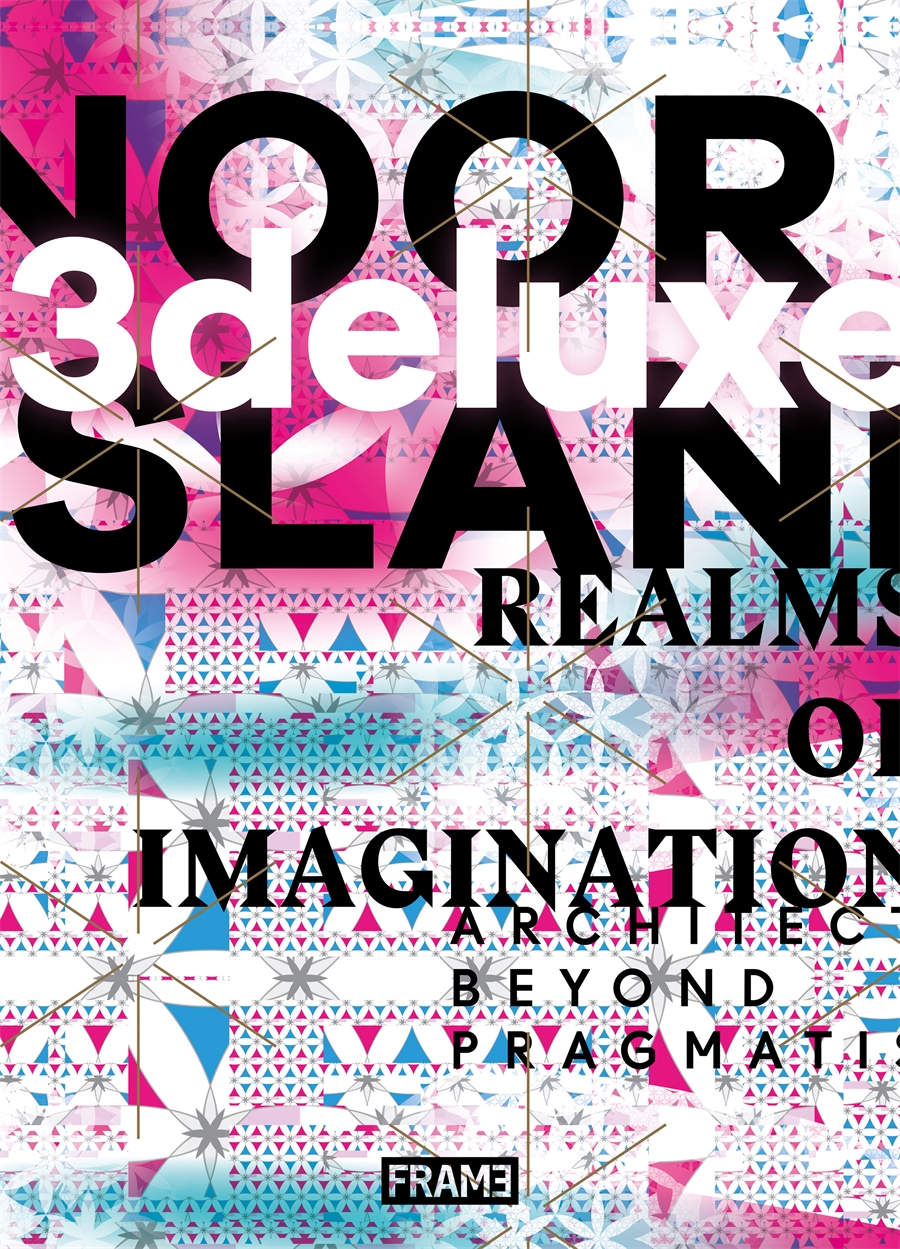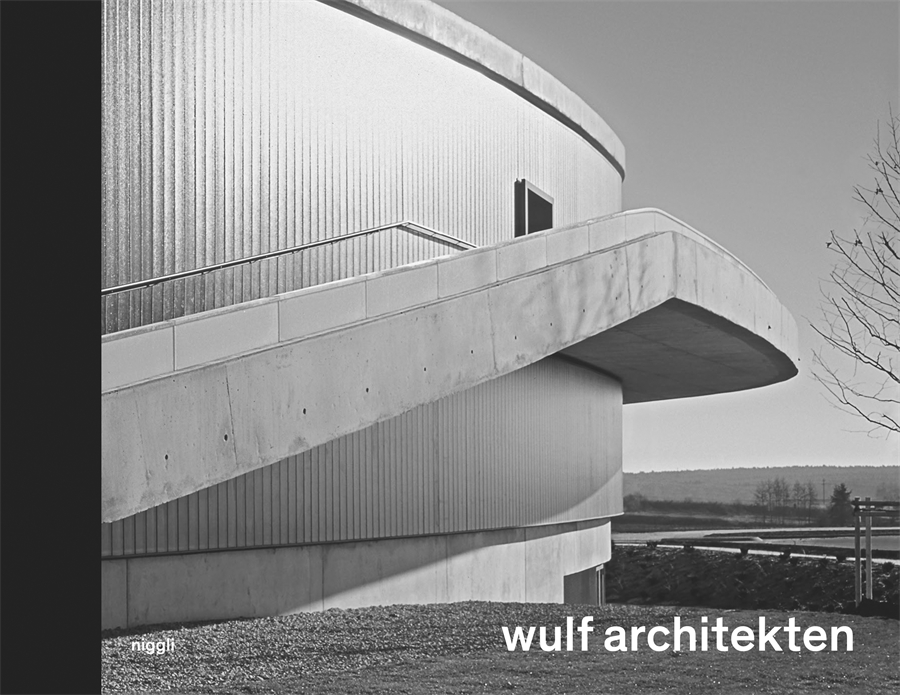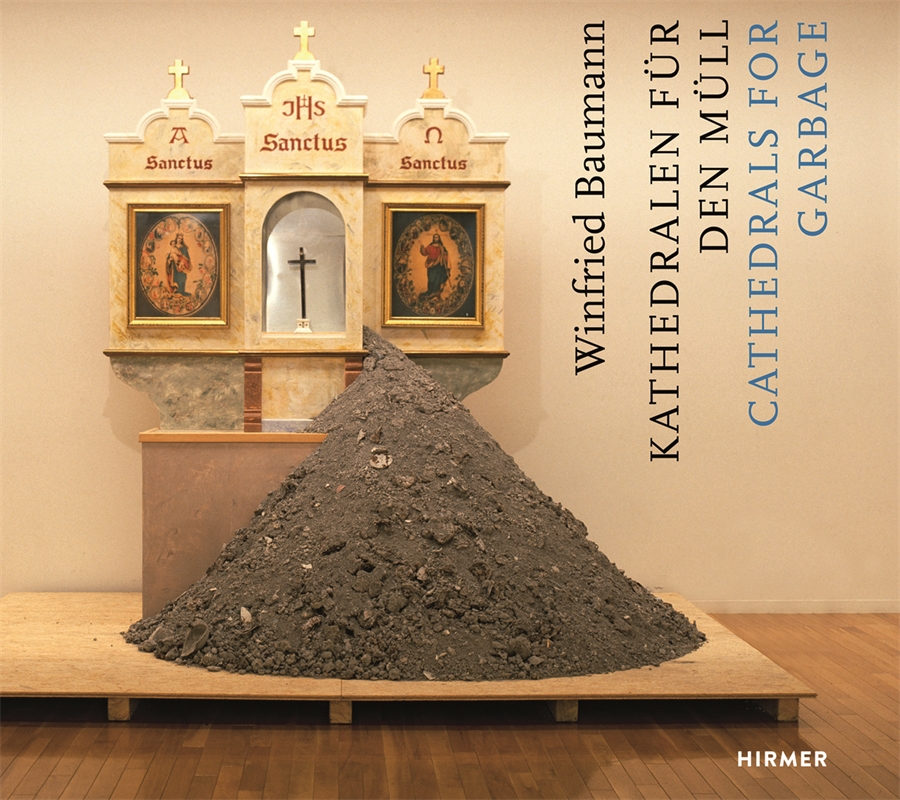Description
FGP Atelier is a global practice led by Mexican architect Francisco Gonzalez Pulido whose mission is to contribute to social and economic advancement through the alignment of the core principles of Design, Science and Technology. The work of The Atelier is guided by Transparency, Openness and Freedom. These values are reflected in the approach to process and collaborations, as well as in the buildings and spaces that result. Logic, Intuition, Multidisciplinary Collaboration, Scientific Research and Work Experience drive the design of Spaces that are Active as well as Infrastructure and Urban Networks that respond to Atmosphere, Ecology, Comfort, Economy, Culture and the Technological Context. In working towards the dissolution of archetypical interventions, the Experience of these spaces and buildings is valued over Typology in order to ground the ultimate value in human existence.
Progression presents a series of projects and related essays that illustrate the principles that guide the work of FGP Atelier. Through examining these principles, the themes, ideas, and goals that are common to the projects emerge and provide a means of understanding how a diverse set of buildings relate as well as what might come next.
The book is divided into three sections: Values, Network, and Ambition. “Values” is comprised of three chapters that discuss sustainability, the practice, and ethics. “Network” is comprised of four chapters that discuss how technical design is influenced by context, the alternative futures that planning can offer, the role that infrastructure plays in creating equitable cities, and challenges facing housing in the future. The final section, “Ambition” suggests ways that the discipline of architecture can evolve. Ultimately, the goal of this book is to be provocative on multiple levels. It should inspire the reader through the completed buildings executed in often challenging conditions. At the same time, it should be a catalyst for discourse and debate regarding what should be built and how a philosophy guides a practice, the design of future buildings, and the conservation of existing buildings.
Francisco Gonzalez Pulido was born in Mexico City in 1970. In 1991, he graduated from Monterrey Tec with a Bachelor's in Architecture. In 1993, he completed his first residential project, a 5,000SF villa in the north-east of Mexico. From 1993 through1997, he continued to design and develop high-end residential and corporate projects such as a technical training center for General Motors in Mexico City and the headquarters for PriceWaterhouse in Mexico. In 1998, he was accepted to the Harvard Graduate School of Design for a Master's Degree. His interest in science, technology, and business took him to MIT and the Harvard Business School. At the MIT Media Lab, he met the artist Krzysztof Wodiczko, who significantly influenced his approach to design. In 2000, he moved to Chicago to join the firm Murphy / Jahn - a firm whose roots stretched back almost a century to the iconic architect and planner Daniel Burnham. 8 years later, he became Helmut Jahn's first partner and in 2012, President of the Company - rebranding the firm JAHN in the process. In the last 10 years of his tenure at JAHN, he designed a wide range of buildings across five continents. In 2017, Gonzalez Pulido took the team of architects that he had been leading as an independent studio within JAHN and formalized this independence by founding FGP Atelier. Since founding The Atelier, his work has been awarded the Green Building Award for the Americas for the Orchid Educational Pavilion in Oaxaca by Architects Newspaper as well as an Iconic Building Award for Land Rover Regional Offices, Shanghai, a Rethinking the Future Award for Diablos Rojos Baseball Stadium in Mexico City and Ted Gibson Salon in Los Angeles, and The American Architecture Award for the Diablos Rojos Baseball Stadium in Mexico City. Among other projects, he is currently working on the Felipe Ángeles International Airport at Santa Lucía that will handle 20M passengers in the first phase (85M passengers in the ultimate phase) and serve the Mexico City metropolitan region.
Mark Lamster is the architecture critic of the Dallas Morning News, a professor in the architecture school at the University of Texas at Arlington, and a Harvard Loeb Fellow. His biography of the late architect Philip Johnson, The Man in the Glass House (Little Brown, 2018), was a finalist for the National Book Critics Circle Award for Biography.
After graduating from the University of Chicago Laboratory Schools, Walker Thisted earned a Bachelor of Architecture from Cornell University under the supervision of Dean Mohsen Mostafavi followed by a Master of Fine Art from the School of the Art Institute of Chicago. He has worked for Atelier Seraji in Paris, Nagle Hartray in Chicago, and for Bill Pedersen and Jill Lerner at Kohn, Pedersen, and Fox in New York. In 2014, Walker founded Naught Architecture as an art, architecture, and design firm. He has been commissioned to design private residences in Venezuela, Chicago, and the US Virgin Islands and has shown art at galleries in Chicago, New York, Ithaca, San Francisco, Rome, and Berlin. From 2016-2018, Walker was the Lead Producer of Video and Event content for BuiltWorlds - a multiplatform media network devoted to fostering innovation in the built environment. In January of 2018, Walker joined FGP Atelier as Director of Business Development and later Director of External and Public Affairs. In this role, he applies his unique knowledge of design, trends in how the built environment is constructed and maintained, new technologies being used, and the theory of art and architecture. Throughout these endeavors, Walker has maintained a critical writing and art practice.




Reviews
There are no reviews yet.